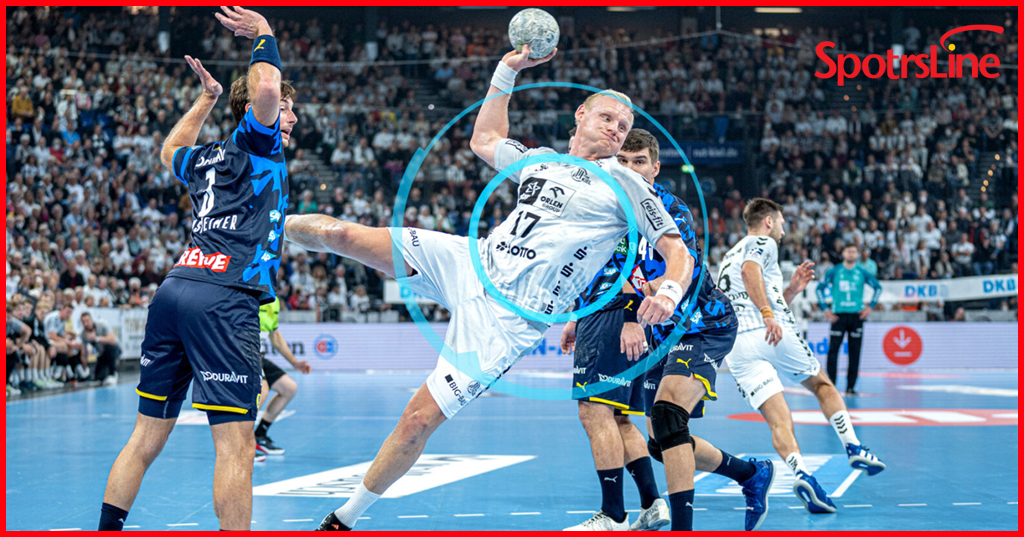
The rules of handball: a best guide of handball rules
The handball rules, ensure fair competition, with regulations in the ground., The game is divided into two halves. And the rules for overtime are detailed. Players’ behavioral norms are clear. The penalties for fouls are gradually increase. Understanding the rules will make you more engaged in watching and feel the charm of handball.
Handball
In short, the rules of handball games not only ensure the fairness and competitiveness of the game, but also provide a stage for athletes to fully demonstrate their skills and teamwork. Understanding these rules can make us more engaged when watching handball games, and can also allow more people to feel the unique charm of handball. #HandballGameRules

Field
First of all, the field for handball games is rectangular, 40 meters long and 20 meters wide. There is a center line in the middle of the field parallel to the goal line, dividing the field into two equal halves. There is a goal at each end, which is 2 meters high and 3 meters wide. The game ball is usually made of leather or synthetic materials. The men’s ball weighs 425-475 grams, and the women’s ball weighs 325-400 grams.
In terms of personnel configuration, each team has 7 players on the field to participate in the game, including 1 goalkeeper. Each team is only allowe to register 15 players for the Olympic handball competition. At the beginning of the game, the players of the two teams stand in their own half of the field, and the attacking team kicks off at the midpoint of the center line. After the kick-off, the game officially begins, and the players of both sides start a fierce competition.
Game Time
The handball game time is divide into the first and second half. Each lasting 30 minutes, and the rest time in the middle is usually 10 minutes. Each team has one timeout opportunity in the first and second half, and the timeout time is 1 minute. If the game is tie at the end of the regular time and a winner must be decide, an overtime will be playe after a 5-minute break. An overtime consists of two 5-minute periods with a 1-minute break in between. If the game is still tie after the first overtime, a second overtime will be playe after a 5-minute break. The second overtime will also consist of two 5-minute periods with a 1-minute break in between. If the game is still tie after the second overtime, a 7-meter penalty throw will usually be use to decide the winner.

During the game, players have clear behavioral norms. Players, except goalkeepers, cannot kick the ball with their feet. They can only pass, dribble and shoot with their hands. Players can take three steps with the ball and take another three steps after dribbling. However, it is a violation if they hold the ball for more than 3 seconds. The defending side can block with their body or make direct contact with their arms, but they cannot push, pull, hug, bump, hit or trip. Both the offensive and defensive sides cannot enter the goal area to gain benefits, but when shooting, they can take off outside the goal area line and use their body inertia and air time to create shooting opportunities.
Penalty
For the penalty of fouls, the handball competition rules have a principle of gradual escalation. The penalties for fouls include yellow card warning, two-minute expulsion, red card and blue card (red card plus report). When the offensive player throws the ball into the opponent’s goal and the ball completely crosses the goal line, it is a score. However, if any part of the offensive player’s body is in the goal area when shooting, the goal is invalid.

In short, the rules of handball games not only ensure the fairness and competitiveness of the game, but also provide a stage for athletes to fully demonstrate their skills and teamwork. Knowing these rules can make us more engaged when watching handball games, and can also allow more people to feel the unique charm of handball.


One thought on “The rules of handball: a best guide of handball rules”